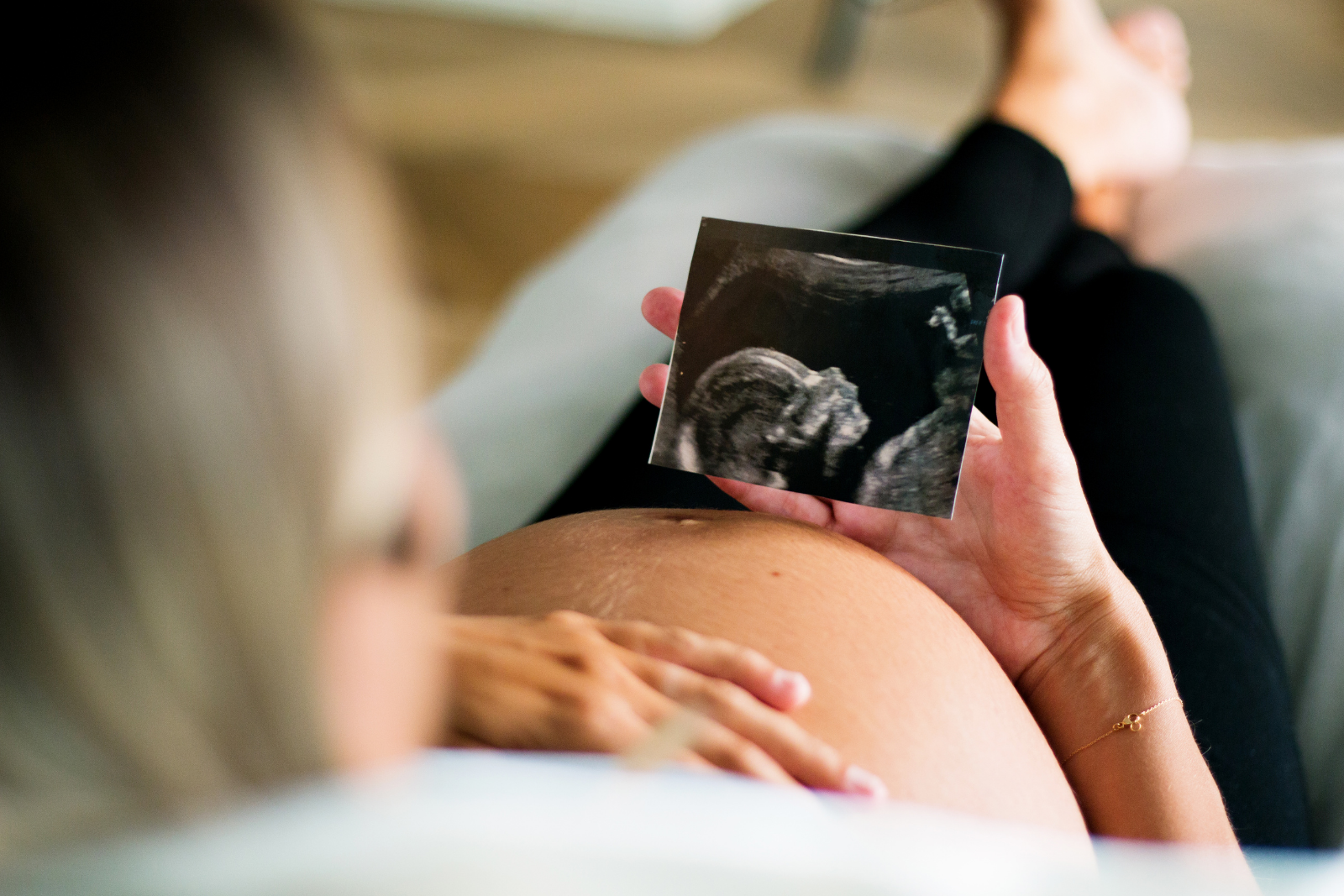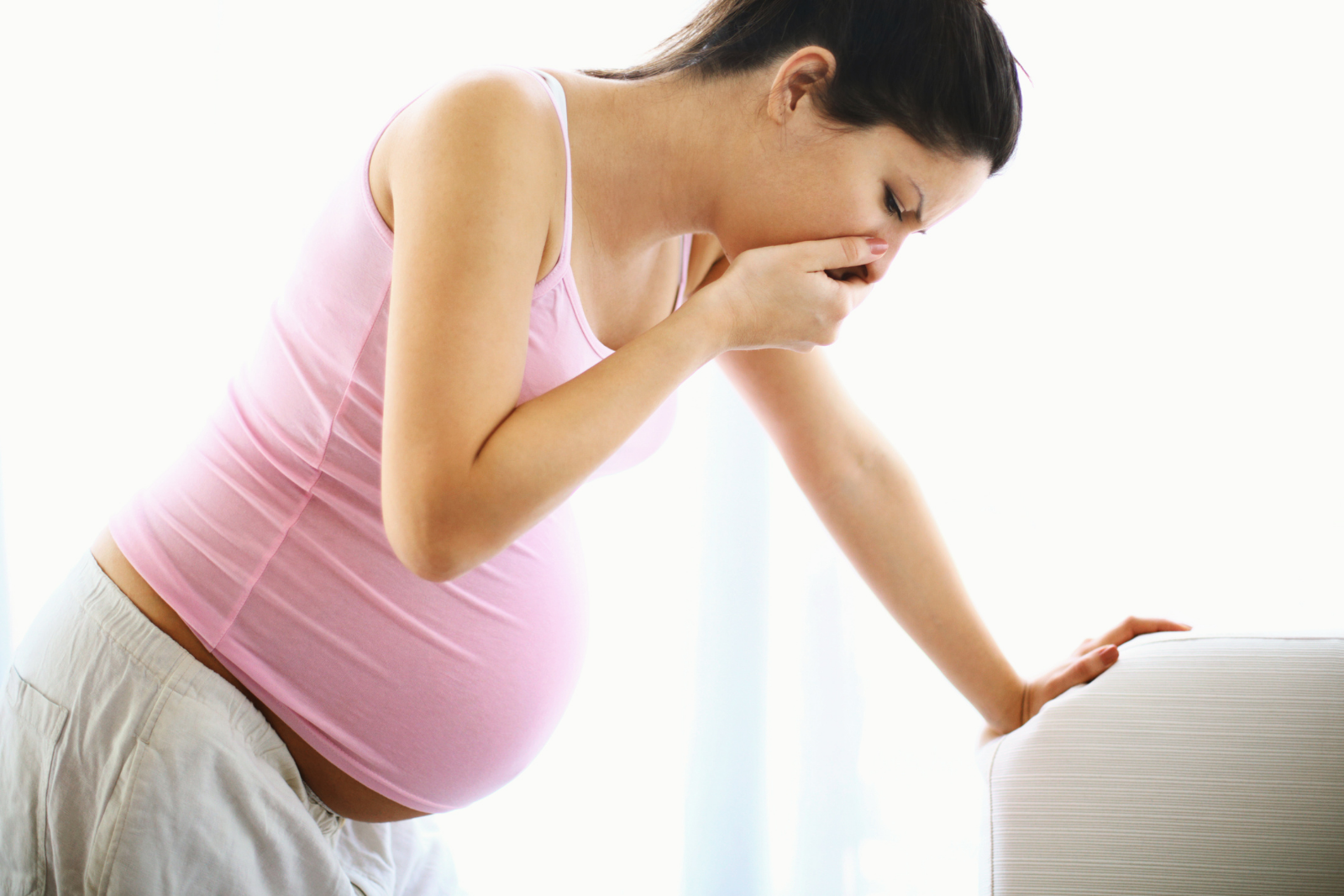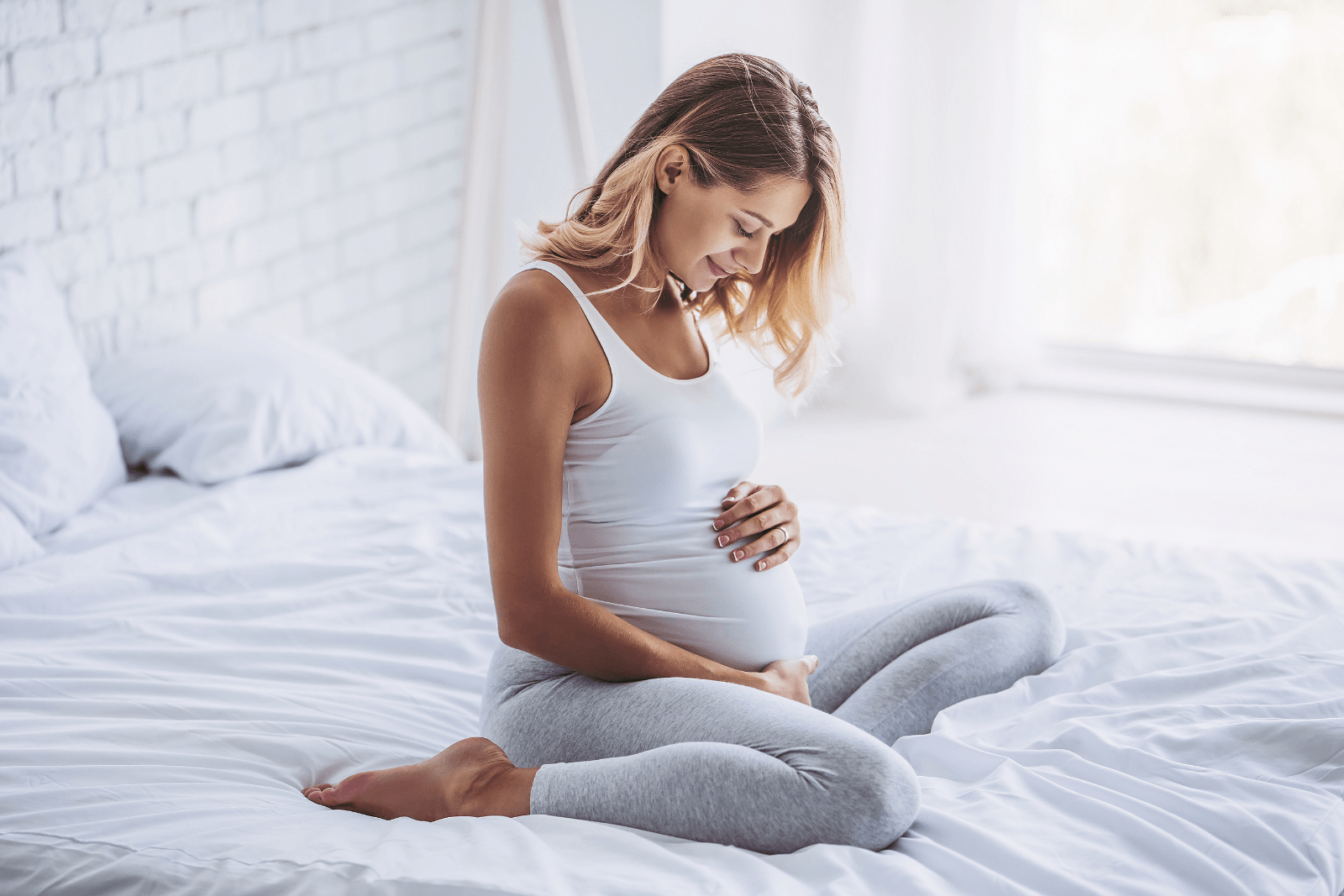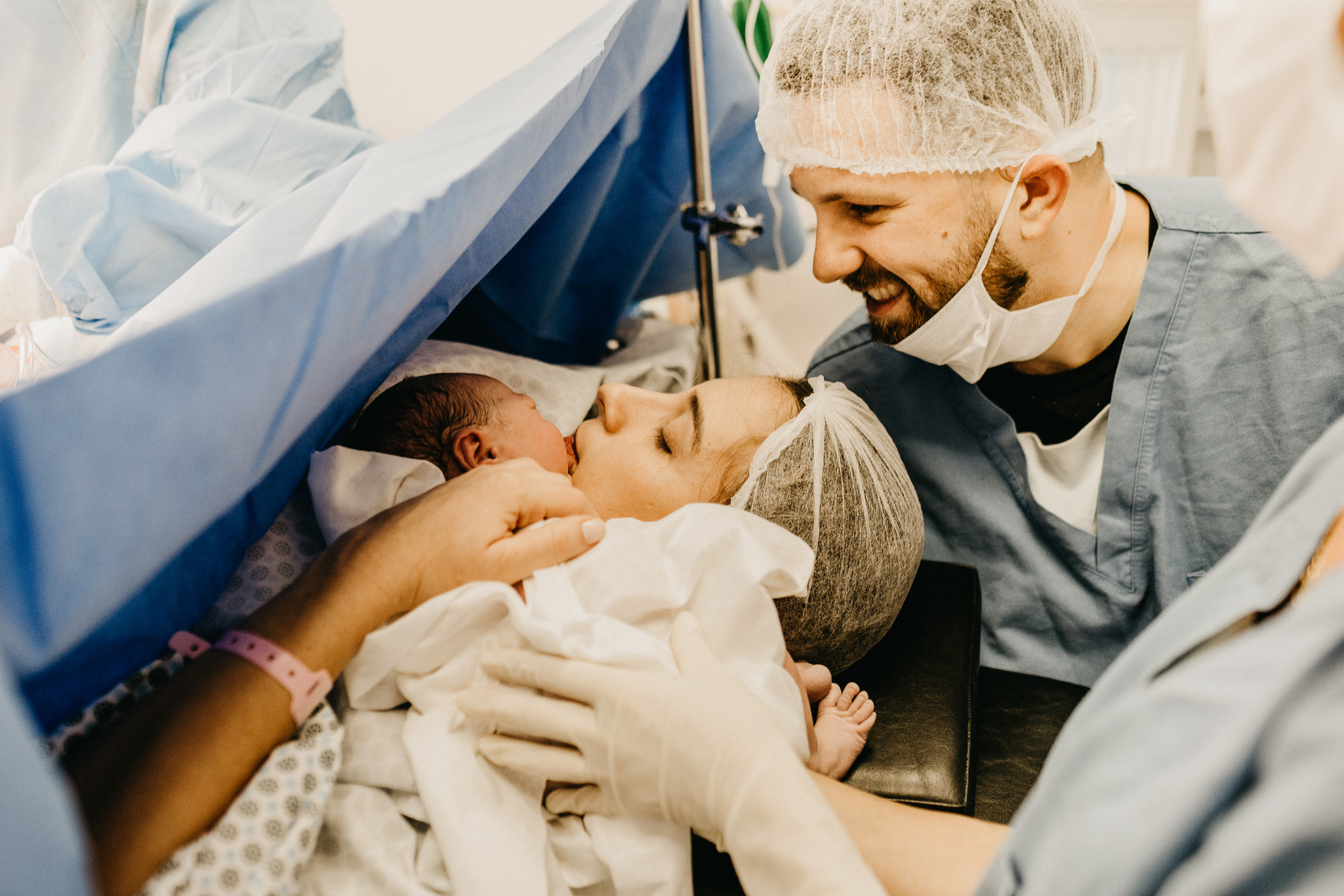There is a lot of talk about the safety of ultrasounds during pregnancy and many baby forums provide information that is often untrue and can be misleading for pregnant women.
Are scans safe?
Ultrasound scans have been used in pregnancy for decades, and there’s no evidence that they are harmful, if used according to the guidelines.
Will the way ultrasound works affect my baby?
Ultrasound sends high-frequency sound waves through your uterus (womb) that bounce off your baby. The echoes are turned into an image on a screen, so the POGS doctors or the sonographer can see your baby’s position and movements.
Studies have found no link between ultrasound and birth weight, childhood cancers, dyslexia or hearing. As almost all women want a scan during pregnancy, it’s hard to find women who have not had a scan to compare them with. During an ultrasound scan some heat is generated and is absorbed by the part of the body that’s being scanned. Antenatal scans produce less than one degree Celsius. It is only if the temperature of the scanned body tissue rises by four degrees C that harm may be caused.
The type of routine scanning used to get two-dimensional images of your baby uses a low intensity of ultrasound, and is spread over a large area. Your baby is moving, and the fluid he is in helps to spread any heat. This may help to reassure you further. 3D and 4D scans are just as safe as 2D scans, because the image is made up of sections of two-dimensional images converted into a picture. The power intensity is the same as it is for 2D scanning. Just a reminder that you have to photocopy the shiny printouts the POGS doctors give you as they are printed on thermal printers and tend to go black over time.
Call POGS on (08) 6270 0123 or email: reception@pogs.com.au if you need to make an appointment.
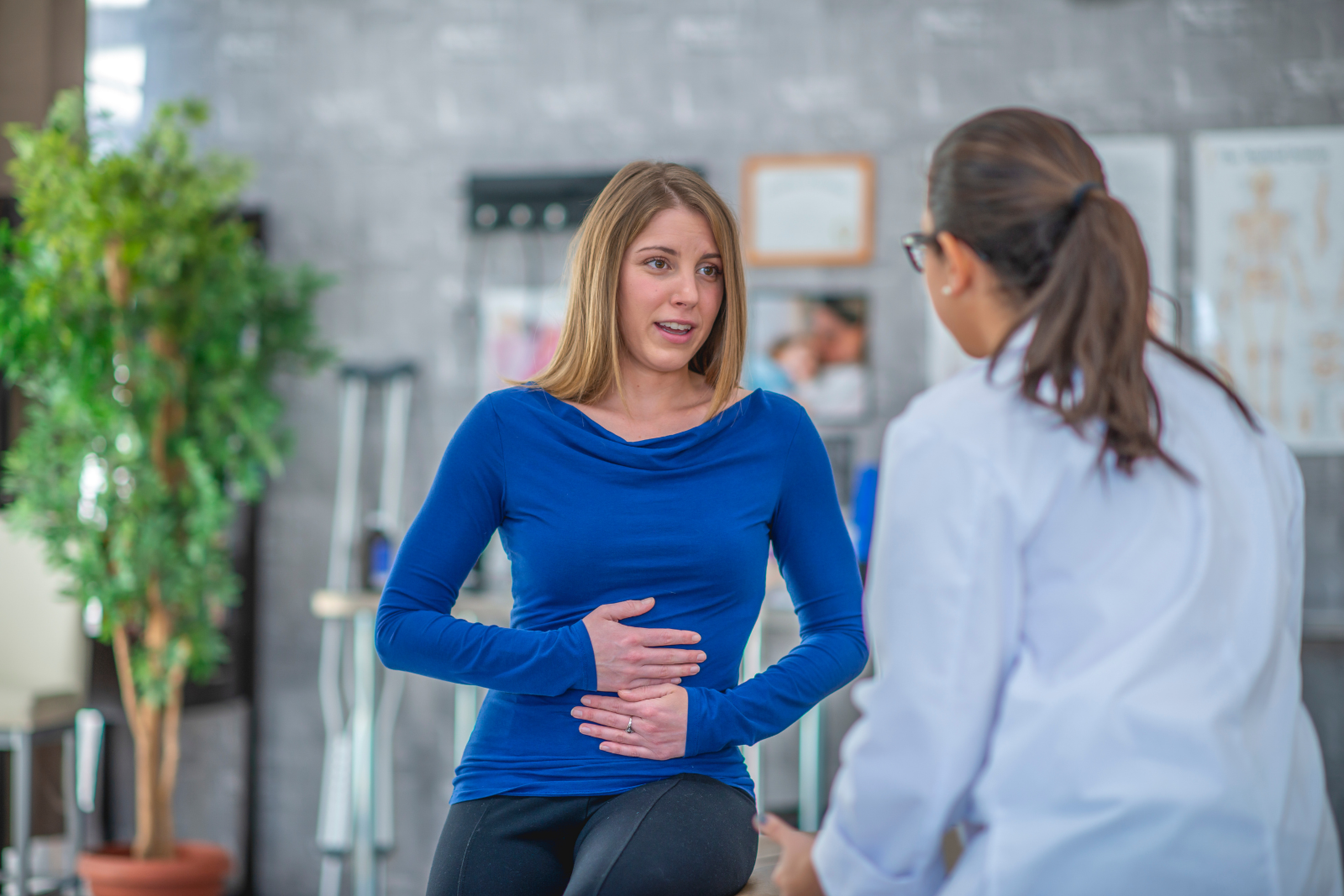


Our Delivery Location
Celebrated 10 years in 2021 & over 5000 babies delivered!
About Us
We are POGS – Perth Obstetrics & Gynaecology Specialists.
We promote the wellbeing & dignity of all women and deliver first class & affordable private Specialist Obstetrics & Gynaecology care.
Consulting Location
Suite 302, Level 3
St John of God Subiaco Clinic
25 McCourt Street Subiaco WA 6008
Phone: (08) 6270 0123
Fax: (08) 9271 7400
© Copyright 2021 | All Rights Reserved | Perth Obstetrics & Gynaecology Specialists


